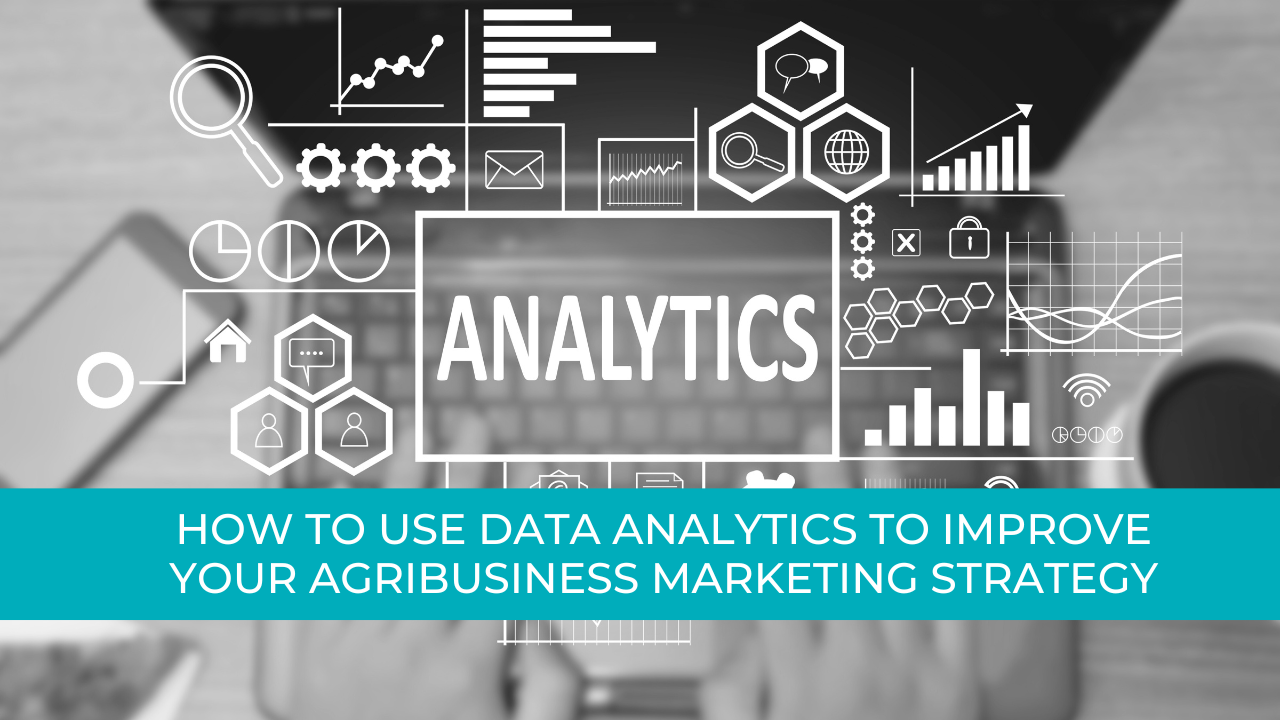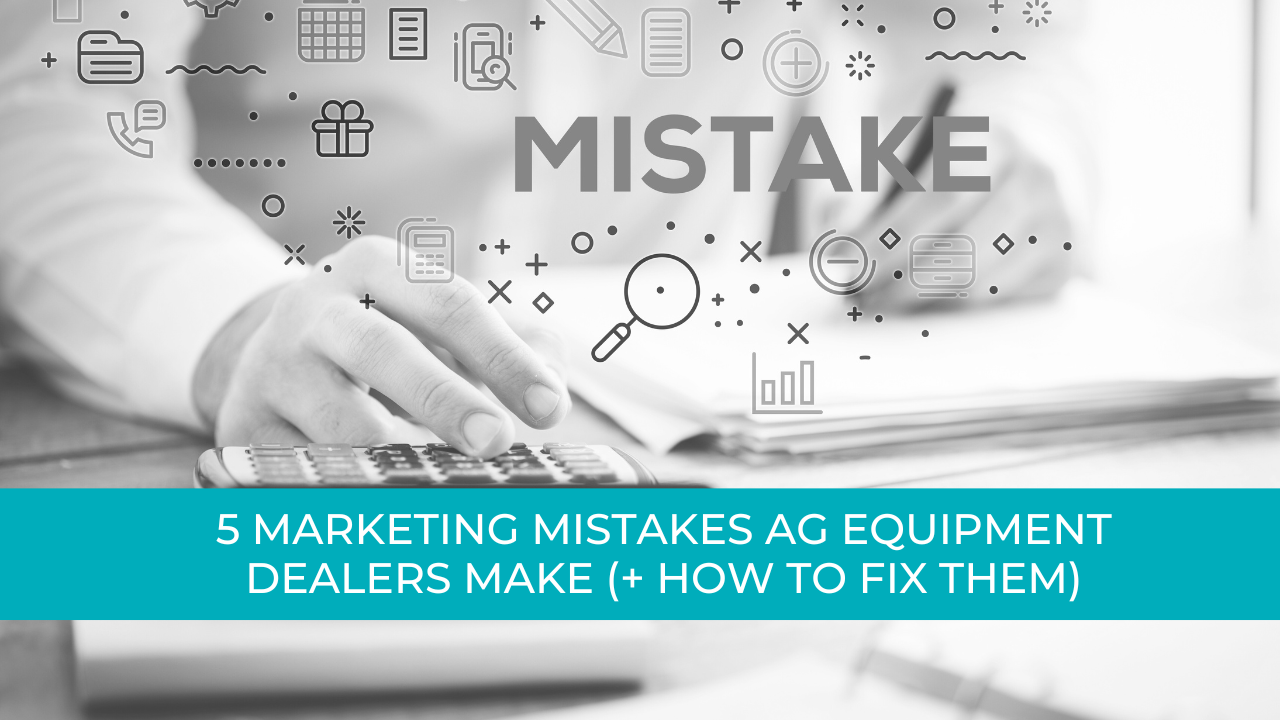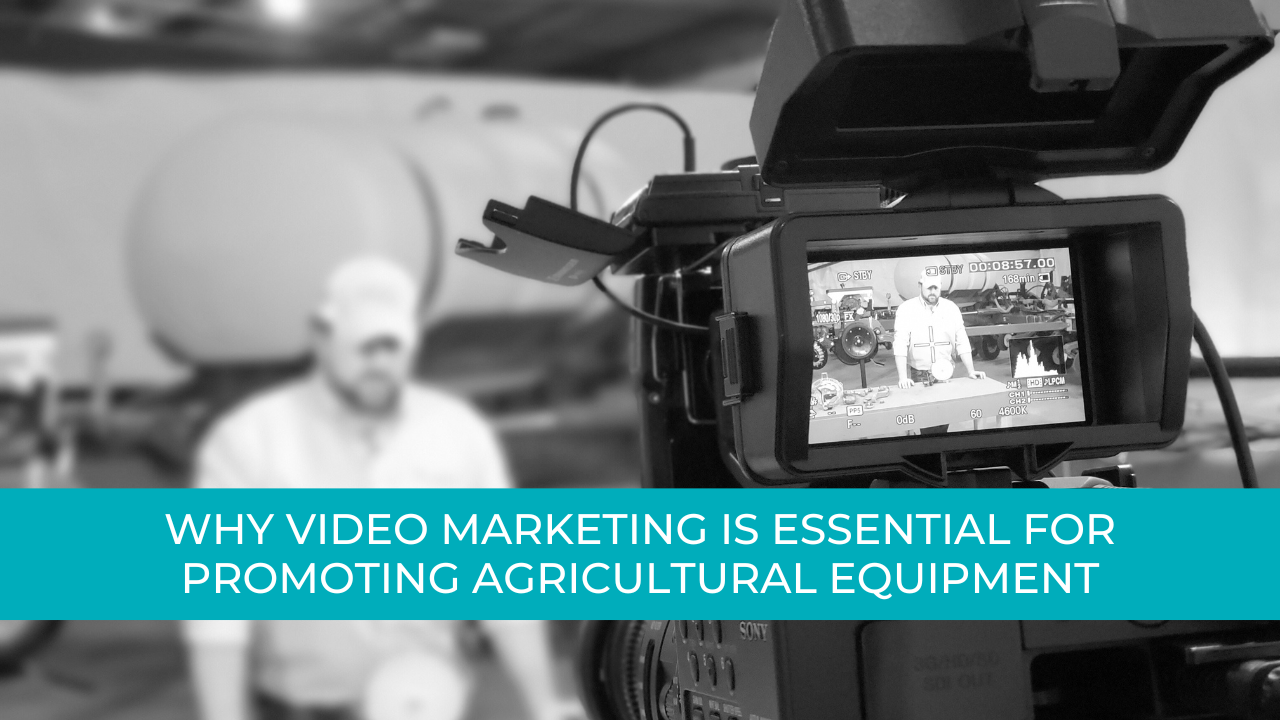Agtivation Blog
What's New In The Digital Ag World
How to Optimize Your Social Media Profile For The Ag Industry
Laura Sutherly
More than ever, It’s important to have a strong social media presence - without one, your company is missing out on promoting itself to a huge portion of your target audience.

More than ever, It’s important to have a strong social media presence - without one, your company is missing out on promoting itself to a huge portion of your target audience.
The only issue is: simply having social media profiles isn’t good enough. In fact, if you have a couple of accounts and they’re not up to date, it can leave your business looking neglected, tired or just plain out of touch.
To avoid your social media presence letting you down, you need to give your accounts a bit of care and attention. In this blog, we talk about how you can optimize your social media accounts and make the most of your social presence.
Make Sure All Your Information Is Correct
When it comes to social media, consistency is key and if your information isn’t correct on all your social media profiles then you’re going to run into a few problems.
Having incorrect information about your company whether it’s a link to your blog, contact information or even photos you’ve uploaded can affect your business in a number of ways. Not only does this confuse potential customers, it makes your business look unorganized and unreliable.
On a side note, when you're uploading new photos, make sure they're up-to-date and relevant to where your company is now and what it’s doing. Videos are a great way to engage with followers, as long as they reflect your company in the right light - if your brand image is professional and corporate, you don't want to upload a video of your sales team at the Christmas party!
You also need to make sure that the basic information on your social media is correct. This can include things like:
- Address
- Company name
- Services offered
- Products
- Opening times
- Location
- Links to your website
It is a good idea to double-check that you have included a link to your website on all your social media pages. Most social media platforms have a section in the bio for this so you can paste the URL for your website here. This is important as your followers will want access to your website to make purchases.
Research The Industry, Your Competitors And Trends
Before you start sharing posts to your social media accounts, it's a good idea to start looking at what content is relevant and popular in your section of the agricultural industry. You can look at what your competitors are writing about to get some ideas and see what sort of posts are trending on social media.
It’s important to look at what your target audience is searching for online and what they’re interested in reading. Following what your customers are reading about will help you create posts that are relevant and get you more visitors to your website.
Another great way to keep on top of the current trends in the ag industry is by looking at the topics and hashtags that your customers, clients, and competitors are following. You can see what people are liking, reblogging and commenting on and make your own contribution to the conversation on the likes of Twitter and Instagram. Replying to comments and posts is also a great way to show your clients that you’re on top of things when it comes to social media.
Post Regularly
In order to get followers and expand your business in the world of social media, you have to post on a regular basis. If you don’t post, people won’t find you, your accounts will begin to collect dust and people won't know your company exists.
You should post at least
a couple of times a week on all your social media accounts. This is the bare minimum - most companies investing in their social media efforts are updating at least once a day.
You can link up different social media accounts so, for example, if you post a photo on Instagram it will also post to Twitter and Facebook. This will cut down the time you need to make relevant posts but also keep your followers engaged.
When you make posts on social media it’s a good idea to write about current events in your area, especially if you’re trying to attract local customers. You can make posts relating to any news that has happened in the area to do with the agricultural industry. For example, if there was a trade show on you could post about a stall you’ll have there or an interesting talk that will be going on.
You can also attract customers to your social media by posting about sales or offers you might have on any of your products. Give them an incentive to follow you with competitions and follower exclusive offers.
It's a good idea to follow the four-one rule: for every sales post you publish, you need to follow it with four non-sales updates. Your profile’s updates should look something like this:
- A post promoting an upcoming event
- A post focusing on an item or service for sale
- A post linking to a useful resource for your customers
- A funny anecdote/humorous industry-related photo
- An educational post about a common problem in the industry
- A post promoting a limited-time discount
- A link to a guide/helpful download
- A link promoting an upcoming product demo
In this example, out of eight social media updates, only two are overtly selling your products or services to your customers.
Share Relevant Content
By following other people who are also in the agricultural industry you can like and share their posts on your own timeline. This will attract people to your account, especially if you do this regularly.
When a social media account is active, people tend to gravitate towards them more as they know they’re going to get content on a daily or weekly basis. When you share more content that is relevant to your company and to your audience you will attract a larger audience to your social media and in turn your website.
If you’d like to know more about optimizing your social media profiles or have any questions or concerns about social media platforms in general then why not get in contact with us
and we'll help you figure out how to get the most traction from your online presence.

In the competitive landscape of farm machinery, your rivals are like shadows lurking just out of sight, waiting for the right moment to seize market share. By harnessing technology for competitive analysis, you can illuminate their strategies and uncover valuable insights. This approach not only sharpens your understanding but also helps you anticipate shifts in the market. What tools can you employ to guarantee you stay one step ahead of the competition?

When it comes to farming, making the right purchases can be overwhelming. Personalized product recommendations simplify this process by providing tailored suggestions that fit your unique needs and farming style. This targeted approach not only saves you time but also boosts your confidence in decision-making. Curious about how customer data plays a vital role in this personalization? Let’s explore the benefits and possibilities that await.

Have you ever wondered how the right tools can transform lead generation for farm equipment? By utilizing a mix of digital marketing strategies, you can enhance your visibility and engage potential customers effectively. From optimizing your website for search engines to harnessing the power of social media, each approach plays a vital role. But what specific tactics can you implement to maximize your success? Let's explore the most effective tools together.

Social media analytics can offer you critical insights for enhancing farm equipment sales. By evaluating audience demographics and engagement levels, you can better understand who’s interacting with your brand. This knowledge helps you craft messages that resonate more effectively. But there's more to explore, especially when it comes to tracking trends and analyzing competitors. What else could these analytics reveal that might just transform your approach to the agricultural market?










